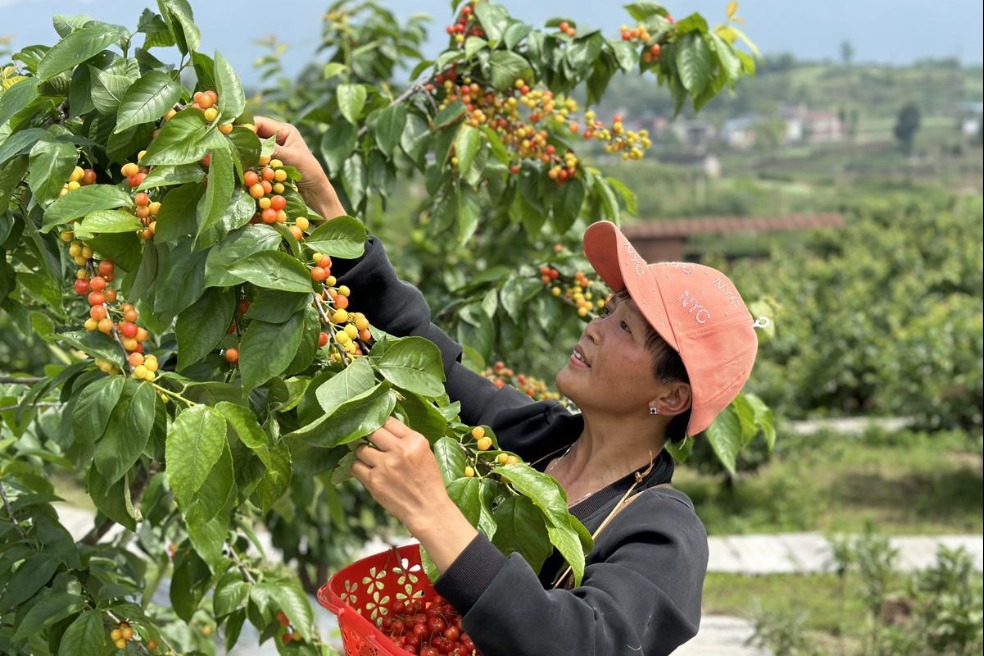New railway helps western China open wider

CHONGQING/GUIYANG - Trains started running between Chongqing and Guiyang in southwest China Thursday, as a new link opened as part of a sea-rail route between the landlocked west and Southeast Asia.
Forty-six bullet trains will run on the 347-km rail line, which was designed for trains running at a speed of 200 km per hour.
The line cuts travel time between Chongqing and Guiyang from the current 10 hours to 2 hours.
A total of 209 bridges, 115 two-way tunnels and 12 stations were built for the new railway. The line will improve traffic between China's southwest, a major source of migrant workers, and booming southern areas.
The line was designed to gradually replace the primitive Sichuan-Guizhou railway constructed between the 1950s and 1970s. The old line has hampered a sea-rail transit route linking Chongqing, Guizhou, Guangxi and Singapore that opened in 2017.
Low design standards, in addition to towering cliffs and ravines along the route, shackled the traffic speed of the old line, according to Dai Xu with the Chongqing railway station.
Although freight services of bulk commodities will not be available for the new line for the time being, Mou Chenggang with Guizhou's railway construction office said the new line would relieve pressure on the old one.
High hopes have been placed on the railway to change the life of people in Guizhou, which is at the forefront of China's anti-poverty campaign.
Tongzi county in Guizhou receive more than 200,000 visitors from Chongqing each year. It is set to be more popular after the rail line shortens the travel time between Chongqing and the county to one hour.
Many Chongqing tourists booked rooms for summer this year, learning about the opening of the Chongqing-Guiyang line, according to Xiong Yongqiang, Party chief of Longtai Village, Tongzi.
"Villages are busy improving infrastructure and cleaning the environment to attract tourists," Xiong said.
Optimistic about the county's tourism prospect, a local privately-owned company poured 400 million yuan (63 million U.S. dollars) into building a tourist project featuring the culture of the Miao ethnic minority. It consists of a tea garden and Miao-style inns, offering jobs to local poor families.
He Wenxiu, a farmer from Xingfu Village of Zunyi City, is among 360 villagers working as inspectors along the rail line. He is responsible for a small section in the Dalou Mountain. Earning 2,500 yuan a month, he and two fellow villagers work 24 hours a day in three shifts.
"I farmed for most of my life, and finally got a stable job like this," He said.
- Thunderstorm delays flights at Guangzhou Baiyun International Airport
- Former deputy general manager of CHN Energy stands trial for bribery
- Echoes of Chinese: Three adventures, one language
- China's wonderland: Dream of the Red Chamber
- New environment and ecology laws submitted for review
- Migration sagas of marginalized people



































